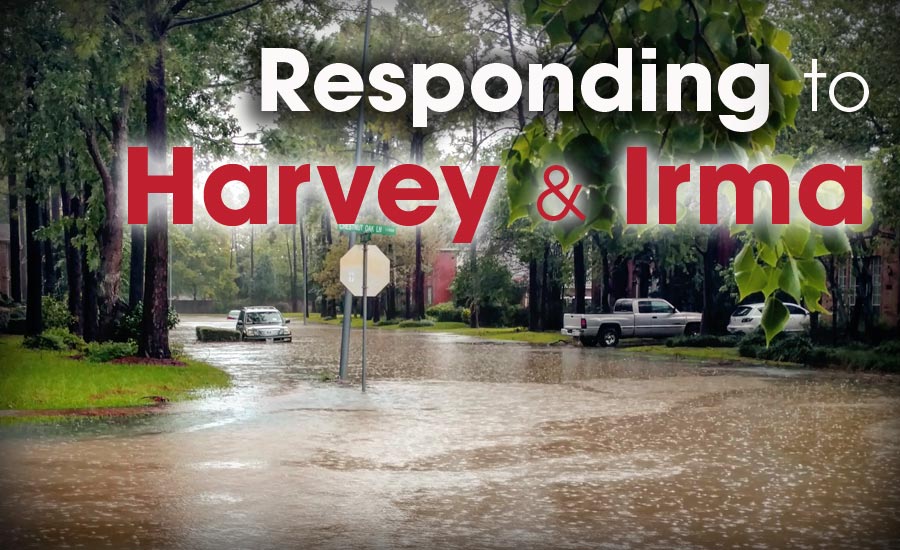Nearing the five-year anniversary of Hurricane Sandy’s assault upon the Northeastern U.S., Interstate Restoration looks back upon that time with appreciation for the lessons that the company has applied recently in Texas, the Southeastern U.S. and beyond.
When Sandy struck the coast of New Jersey on Oct. 29, 2012, Interstate Restoration was a burgeoning 14-year-old company, on its way to becoming one of the largest restoration and recovery outfits in the nation. Today, Interstate deploys its personnel and its thousands of pieces of equipment at disaster sites with greater efficiency because of the changes that Sandy forced.
Every storm has its unique characteristics, with different types and degrees of damage; and Sandy caused most of its damage with ocean floodwaters. Harvey was more of a “floodwater” storm with damage from continuous rain, said Brian Wooley, vice-president of operations for Interstate. And Irma’s destruction was more a combination of wind and floods.
Response to Sandy (at the time considered the second costliest hurricane in U.S. history) was further complicated by the geography, with the tight, city environment and limited access to New York City and Manhattan Island.
“It was a logistics nightmare,” Wooley said. “We couldn’t put big trucks at the work sites, because there was no room. So we deployed only the equipment we needed, and we staged the distribution from outside Manhattan, near East Rutherford, N.J.”
That hub-and-spoke operation worked so well, Interstate used the same system with a base in Pearland, Tex., to fight Harvey; and two bases in Orlando, Fla. (near the airport) to fight Irma. There is a huge side benefit to the equipment bases: Interstate uses those bases to inspect, repair, maintain and track the equipment, meaning work crews have access to more equipment, in better condition, in a timely manner.
Interstate has already deployed more than 1,000 dehumidifiers and more than 2,000 fans from Pearland. When dealing with water damage, Interstate has greater success the sooner crews can get to work. And that brings up another lesson that Interstate learned from Hurricane Sandy.
“We move our resources into an area ahead of the storm, so we are poised to respond the minute that government officials give us clearance,” Wooley said.
Interstate is also providing services to Puerto Rico and other Caribbean Islands affected by Hurricane Maria; and those places are just now beginning to receive the recovery equipment needed for the work crews.




Report Abusive Comment